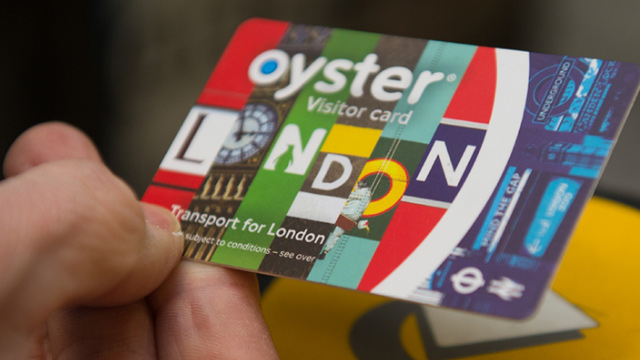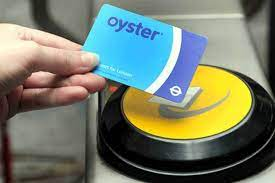The London Oyster contactless railcard is rightfully hailed as a visionary technological leap in how passengers pay for rail travel, and throughout the last decade, user numbers have soared.
History Of The Card
The introduction of Oyster smart cards in London revolutionized how people pay for travel in the city. The system made moving across London easier and faster through pay-as-you-go passes which could automatically be topped up. They eliminated the need for cash and reduced the queues.

First launched in 2003, it was so appealing that by June 2012, 80% of journeys in London were made using it. Since then, almost 90 million cards have been issued. Each day 2 million people travel on the Tube alone, yet while it is convenient for commuters, it can be complicated for tourists.
Around 20 million visitors each year come to London who first must understand how the system works and then purchase an Oyster card from an outlet of some kind before being able to travel. It is a process that can cause friction and frustration for international travellers.
The process and cost of issuing new Oyster cards (around 500,000 each month) are quite substantial, so TfL decided a less labour-intensive system was required that was also interoperable with existing infrastructure and technology. So, in 2014 a contactless ticketing system using bank cards was introduced.
How Does It Work?
Oyster works on all the same public transport options in London as contactless, namely, bus, tube, tram, DLR, London Overground, Emirates Air Line, River Bus, and the majority of National Rail services inside London.
The Oyster Card is also not supported on private services like Hop on Hop off buses, which you need to purchase separately. You can see some Hop on Hop off options in London here for an idea of pricing.
Hop on Hop off transport options are also included on a card like the London Pass, which might be a good option if you plan on doing a lot of sightseeing when in the city.
Not all contactless cards work with the system, but the Oyster card should always work. If there are problems, you can get support or get your credit refunded if your card is registered on the TfL website.

Benefits Of Using The Oyster Card
It also makes it easier to keep track of spending because you have to load your Oyster card, it’s easier to keep an eye on how much you are spending on London transport, and you can set a limit much easier.
With weekly fare capping, this has become less of an advantage because the price of a seven-day travel card on Oyster is the same as the weekly cap on contactless. However, a seven-day Oyster travel card is valid seven days from when you activate it, regardless of which day of the week, whereas contactless capping is fixed for Monday – Sunday.
If you want to pay for your transport in London using cash, you can buy and top up an Oyster card with cash. This is usually a lot more cost-effective than paying for a cash ticket, with the rare exception of a one-off single journey, as you have to consider the cost of the Oyster card.
